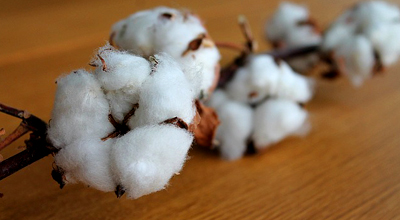
Image: Pixabay
Traditional in the cotton market, the Brazilian Goods Exchange already registers fiber purchase and sale business with delivery for 2023 of approximately 10 thousand tons of cotton negotiated by different associated brokers. One of them is Santiago Cotton, from Belo Horizonte (MG). “Large producers are already protecting themselves and carrying out all planning in advance. Even though prices are not so attractive for 2023, deals are carried out with 'prices to be fixed'. With advance sales, the producer protects himself and already makes long-term planning and, therefore, he can work more calmly”, declared Eduardo Santiago, one of the brokerage’s partners.
{module Form RD}
Last week, the United States Department of Agriculture (USDA) reduced the estimate for carryover stocks of cotton lint, while here, in Brazil, the National Supply Company (Conab) estimated production at 2.342 million tons, which represents 22% compared to the 2019/2020 harvest. According to experts, the market has already priced in these two factors, but new increases can still be seen. “Production is not keeping up with consumption and the scenario is bullish. We believe that there is still room for the product to rise, especially due to the climate situation in the USA and political issues between China and Australia, which interfered with trade between the two countries”, he explained.
On the local scene, states such as São Paulo and Minas Gerais have already started harvesting work in the field. In Bahia, the projection is for a reduction in the planted area for the next harvest. “There was a forecast of a reduction in productivity and quality of cotton in the 2020/2021 harvest, but, after a meeting between Brazilian agronomists, it was possible to realize that production will be lower only due to the reduced planted area, quality should not be affected thanks to technology”, explained the broker. According to Santiago, this factor does not represent a risk of shortages in the domestic market.
The Brazilian Goods Exchange is responsible for selling more than 60% of national cotton production.
Source: Agricultural Business









